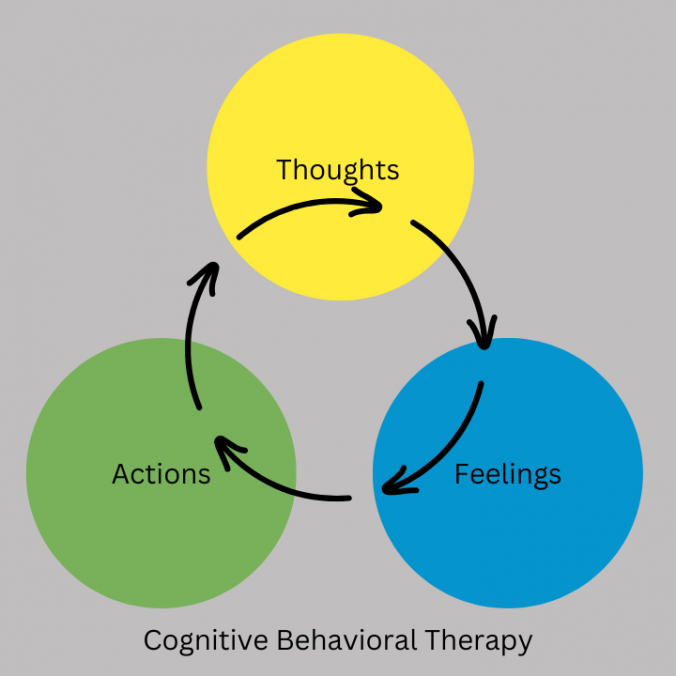Understanding and Overcoming Old Programming
We are creatures of habit, shaped by experiences, environments, and emotions. Many of our thoughts, reactions, and behaviors are not conscious choices but are governed by what can be described as old programming. These mental scripts, developed over years or even decades, often operate in the background, influencing our lives in ways we may not even realize.
But here’s the empowering truth: old programming doesn’t have to define you. Let’s explore what old programming is, how it forms, and how you can break free to create a life that aligns with your authentic self.
What Is Old Programming?
Old programming refers to deeply ingrained beliefs, behaviors, and thought patterns that were formed in response to past experiences. Think of it like software running in your brain, dictating how you perceive the world, interact with others, and respond to challenges.
This programming often originates in childhood, when our brains are especially impressionable. As children, we absorb beliefs and behaviors from parents, caregivers, teachers, and peers. These influences shape our sense of self, our worldview, and our coping mechanisms.
For example:
- A child who grows up in a critical environment may develop programming that says, “I’m not good enough.”
- A person raised in a chaotic household might learn to equate love with instability, carrying that pattern into adult relationships.
- Someone who was rewarded for achievements may internalize the idea that their worth is tied to productivity.
- A person who was praised for a certain physical aspect may believe they have to look a certain way to gain acceptance.
Over time, these patterns become automatic, playing out in our adult lives even when they no longer serve us.
How Old Programming Affects Us
Old programming often operates on autopilot, influencing:
- Self-Image: Limiting beliefs like “I’m not smart enough” or “I’ll never succeed” or “I’m too fat/skinny/tall/short” can affect self-esteem.
- Relationships: Patterns such as people-pleasing, avoidance, or conflict-seeking can sabotage healthy connections.
- Career: Fear of failure or a tendency to overwork might stem from outdated beliefs about success, money, and self-worth.
- Emotional Responses: Triggers, like anger or anxiety, are often tied to unresolved experiences that programmed your brain to react a certain way.
What makes old programming so insidious is that it feels natural – it’s our paradigm – the lens through which we view the world. Breaking free requires awareness and intentional effort.
How Old Programming Forms
Old programming often originates from:
- Childhood Experiences: When we’re young, we interpret events through a limited understanding of the world. An adult’s frustration might feel like rejection, planting the seed of low self-worth.
- Repetition: Behaviors and beliefs are reinforced through repetition. If you were repeatedly told you were “too sensitive” or “not good at math,” those statements may become self-fulfilling prophecies.
- Trauma: Significant emotional events, such as abuse, loss, or neglect, can create powerful imprints on the brain, shaping how we respond to similar situations later in life.
- Cultural and Social Influences: Messages from society, media, and culture can subtly program us to conform to certain expectations, even if they conflict with our authentic selves.
Recognizing Old Programming
The first step to overcoming old programming is recognizing it. Here are some signs that old programming may be at play:
- You feel stuck in certain areas of your life despite your efforts to change.
- Your reactions to situations feel automatic and out of your control.
- Negative self-talk or self-sabotage frequently undermines your goals.
- You repeat the same patterns in relationships, jobs, or habits, even when they lead to unhappiness.
Pay attention to recurring thoughts, emotions, and behaviors. Ask yourself, “Where did this belief come from?” and “Is it still true for me?”
How to Break Free from Old Programming
- Cultivate Awareness
Begin by observing your thoughts and actions. Journaling, mindfulness, or talking with a trusted friend or counselor can help you identify patterns that stem from old programming. - Remember Where It Came From By remembering who we absorbed this programming from, we can take a look at how they acquired or absorbed the programming. Maybe this programming helped the people who took care of us and they passed it down to us in an attempt to help us. But the information may now be outdated or no longer working. If we picked the programming up, we can also set it down.
- Challenge Limiting Beliefs
Once you recognize a belief that’s holding you back, question its validity. For example, if you believe “I’m not capable of success,” look for evidence that contradicts this thought. - Use Pattern Interrupts
When you catch yourself falling into an old pattern, disrupt it. Take a deep breath, do an action that is out of the normal pattern to disrupt the programmed thought, or quickly change your environment. - Reprogram Your Mind
Replace outdated programming with new, empowering beliefs. Visualization, affirmations, and cognitive behavioral techniques can help rewrite mental scripts. - Heal Underlying Wounds
Old programming often stems from unresolved pain. Therapy, inner child work, or trauma processing can help you release these emotional burdens and create space for growth. - Take Small, Intentional Steps
Change doesn’t always happen overnight. Focus on small, consistent actions that align with your new programming. Over time, these actions will reinforce healthier patterns.
Reclaiming Your Power
Breaking free from old programming is one of the most liberating journeys you can take. It allows you to step out of the shadows of the past and into the light of your true potential.
Remember, old programming was created to help you at one point – it just may no longer serve you. But as you grow and evolve, you have the power to choose new beliefs, behaviors, and ways of being that serve your highest good.
You are not your programming. You are the author of your story, and it’s never too late to write a new chapter.
What old programming are you ready to let go of today?


